
2025: one of the most consequential years ever for emergency psychiatry.

2025: one of the most consequential years ever for emergency psychiatry.
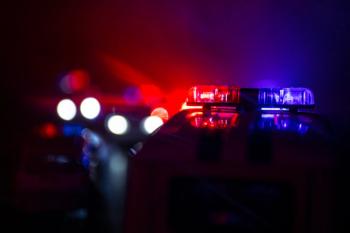
Welcome to the Emergency Psychiatry Special Report.

Psychiatric emergencies occur when a patient is a danger to self, to others, or is so psychiatrically impaired the patient cannot meet their own basic needs. How do such emergencies manifest?
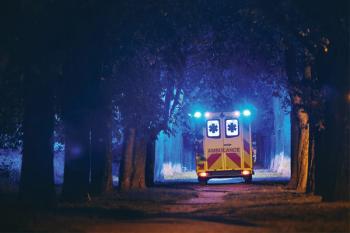
As a discipline, emergency psychiatry has widened its role, especially following the enormous mental health fallout from the pandemic and the shift of police and first-responder interventions.
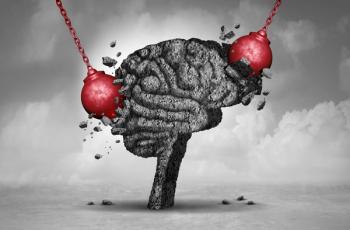
Scott Zeller, MD, previews his article in the January issue of Psychiatric Times, where he talks about emergency psychiatry and the tremendous growth it has seen over the past decade.

The most common emergency presentations to emergency departments are identified.

Watch for tips and tricks to help patients through psychiatric emergencies.

Inevitably, some of your patients will need of emergency psychiatric services. These tips will help prepare you and your patients when a crisis unfolds.

As hospital-based psychiatric emergency programs around the country demonstrate the ability to minimize ED boarding, provide cost-savings, and improve patient outcomes and clinician satisfaction, the challenge will be how to keep these models of psychiatric care self-supporting.

This article, the first of a three-part series, describes how hospital-based psychiatric EDs differ from community-based crisis centers.
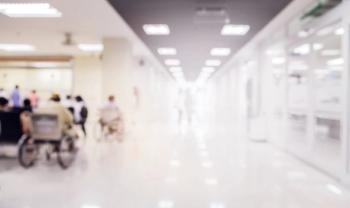
If an appropriate treatment is started promptly, the majority of psychiatric emergencies can be resolved within 24 hours without inpatient hospitalization.
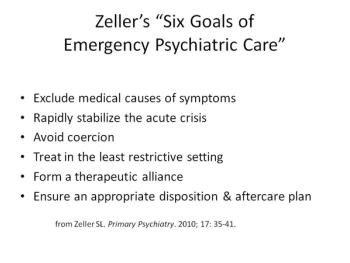
Agitation is a spectrum of symptoms . . . it can go all the way from being irritable up to pacing to lashing out to clenched fists to outright violence. Intervention via de-escalation techniques at an early stage is optimal. More in this podcast.

Emergency psychiatry is helping to redefine acute mental health treatment-facilitating timely access, in less restrictive, outpatient levels of care, for patients in crisis.

Emergency departments are often forced to hold patients who are acutely dangerous to themselves or others for long periods until an inpatient bed can be obtained.

Agitation can be displayed in patients as loud, disruptive, hostile, sarcastic, threatening, hyperactive, and/or combative. Here are tips on managing agitated patients.

Agitated patients who display “excessive verbal and/or motor behavior”-can be loud, disruptive, hostile, sarcastic, threatening, hyperactive, and even combative. This article discusses new best practices and guidelines for agitation.
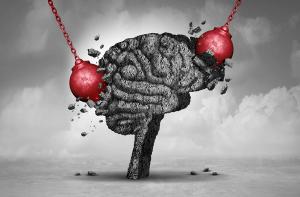
Published: January 14th 2021 | Updated:

Published: January 29th 2021 | Updated:

Published: September 16th 2013 | Updated:

Published: May 2nd 2014 | Updated:

Published: March 30th 2012 | Updated:

Published: March 27th 2012 | Updated: